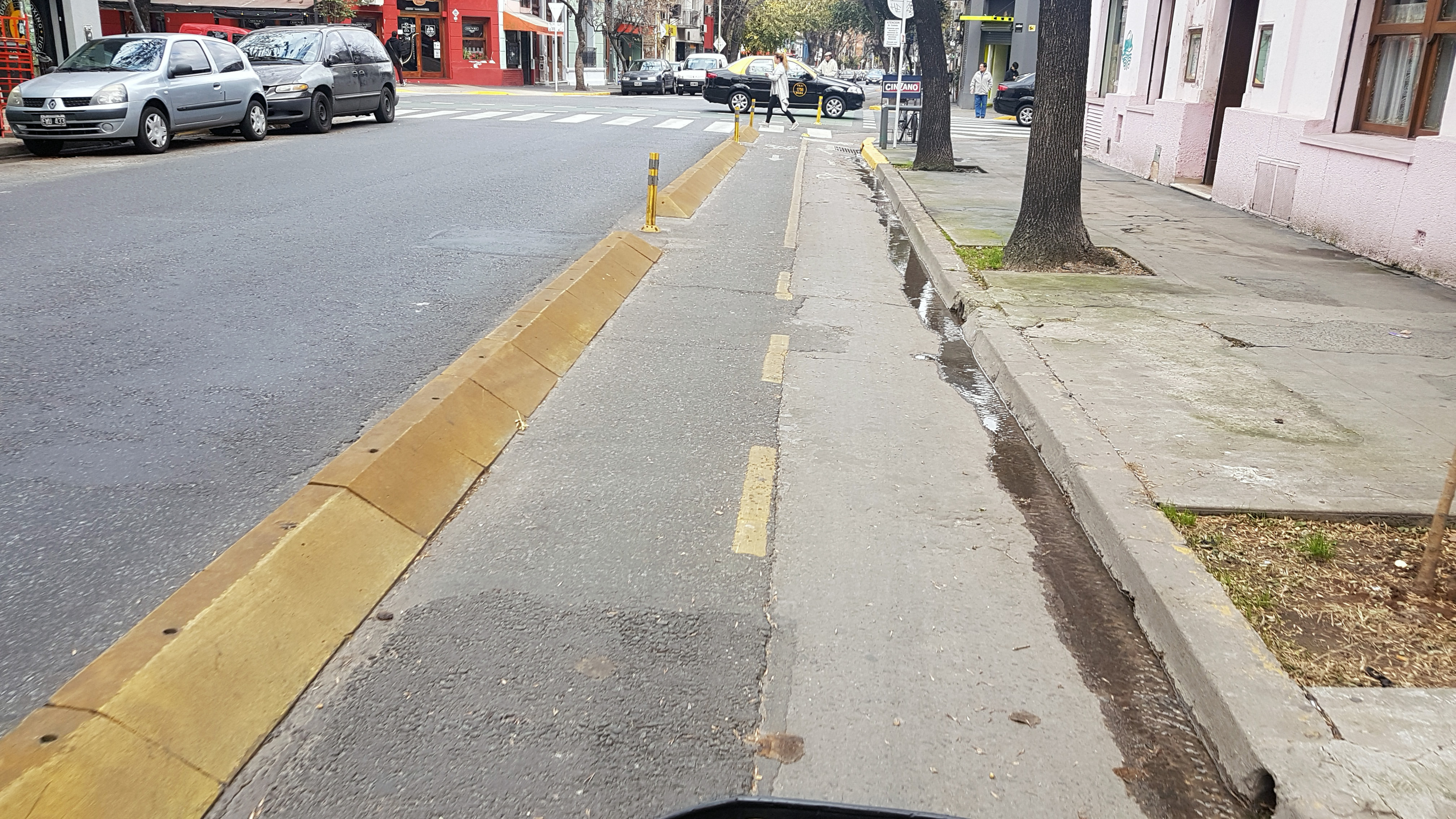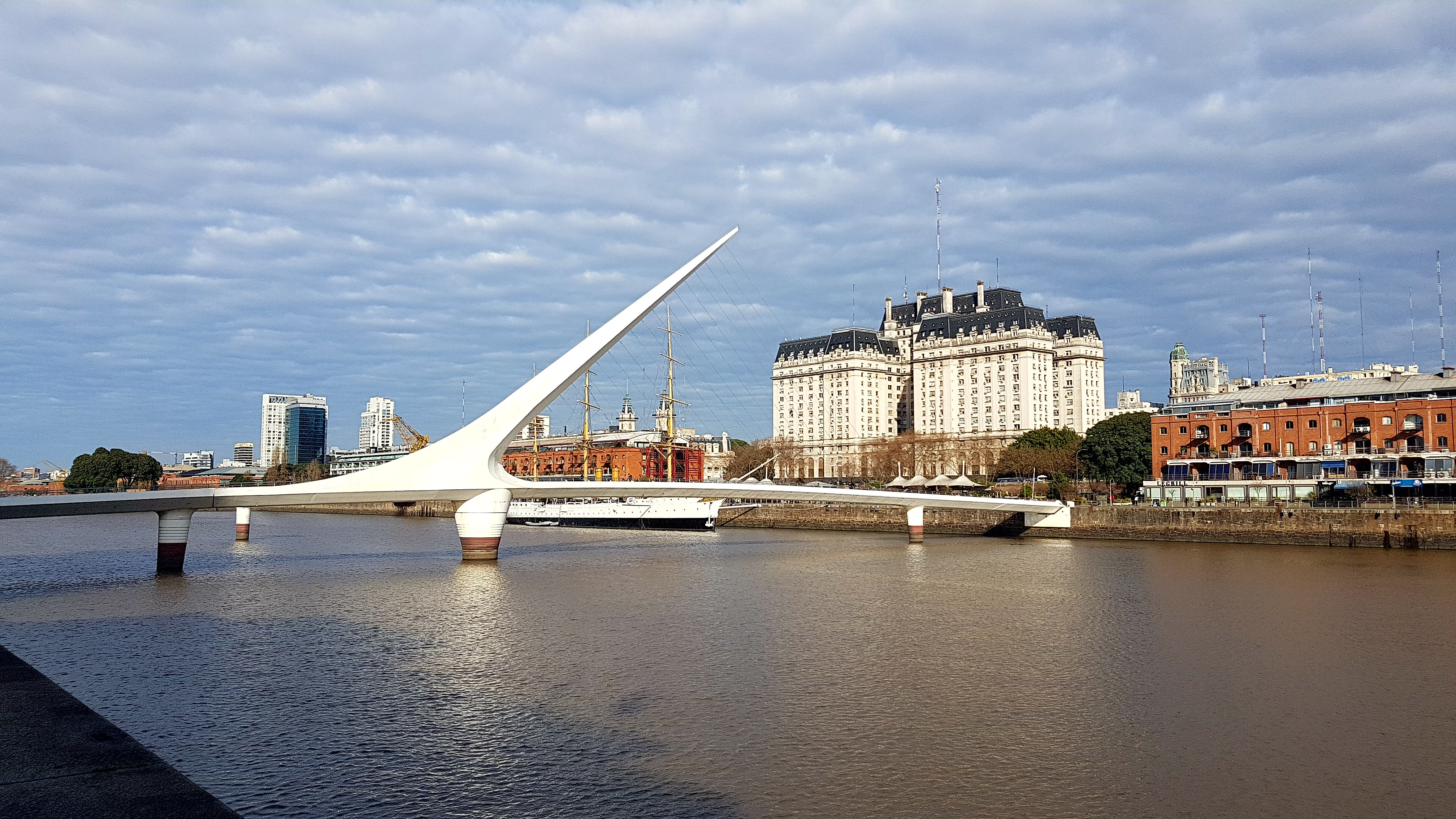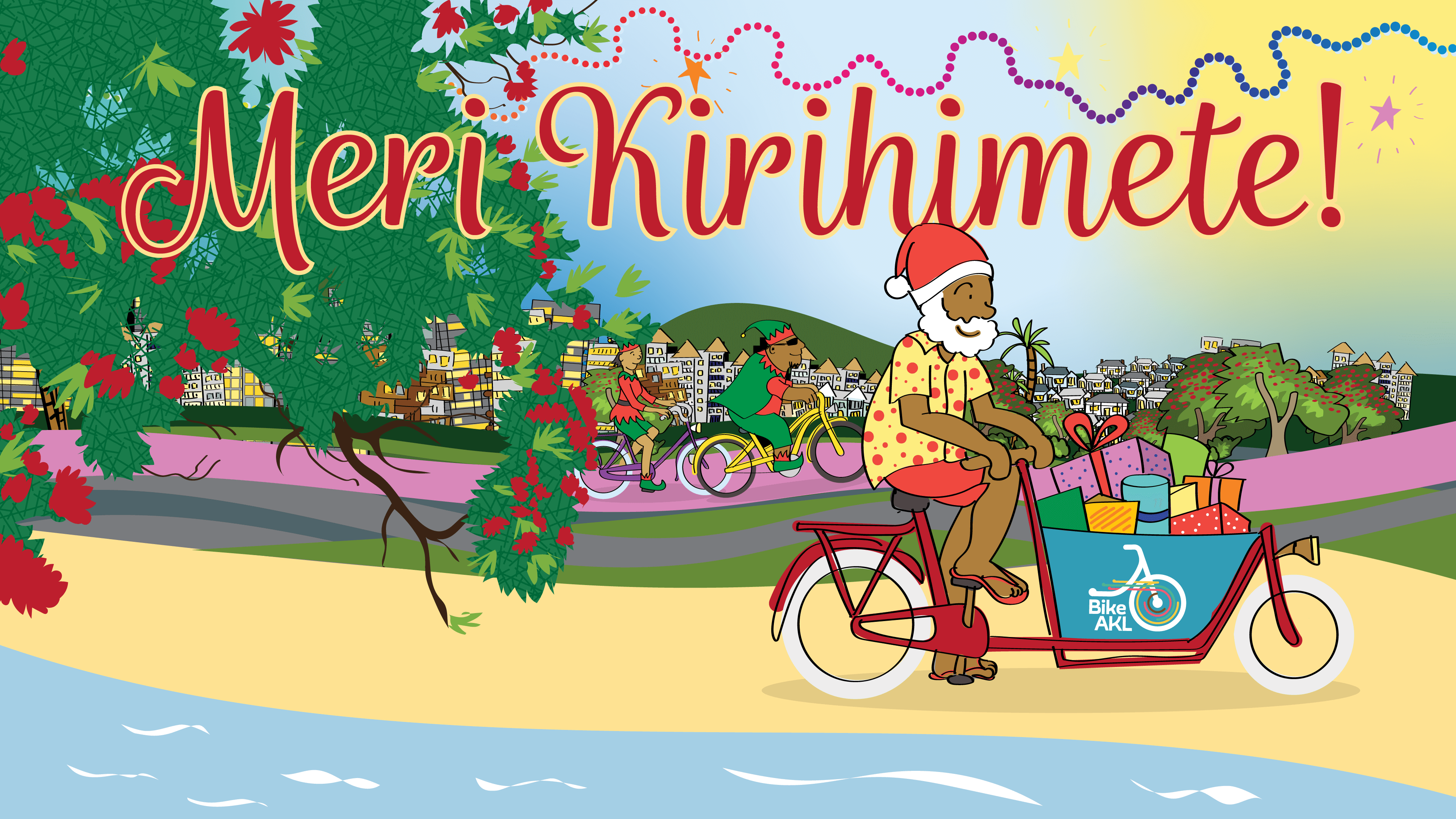Richard Barter, our community liaison hero, was lucky enough to travel to the 2017 Velo-City conference – the annual global summit on cycling, which alternates between Europe and the rest of the world. (His visit was part of the CAN Share the Road Campaign funded by NZTA).
This year, the conference was held in the Dutch region of Arnhem-Nijmegen. Richard travelled to the Netherlands via Shanghai, and also spent time in Sweden, Denmark and England before returning home via Buenos Aires. Along the way, he observed the ways people move in cities, and arrived home empowered with thought-provoking images and vision-provoking thoughts…
To Nijmegen they came: 1,500 planners and cycling advocates from around the planet, with whom over 250 speakers shared their thoughts and research. They came from cities such as Delhi and Kampala with their ‘invisible cycleways’… to cities like Amsterdam and Copenhagen that are trialling low-speed streets where active and motorised modes merge with each other.
In these shared low-speed spaces, travelers can swarm, interact with one another, make eye contact and pick upon body cues, and most importantly, negotiate self-organised passage with an altruism denied by the machine-based infrastructure we must contend with.
In New Zealand, we watch transport poverty grow as the less resourced are driven from our city centres. The prevailing culture here has relegated cycling to a recreational activity, rather than understanding it as a mass transport opportunity that’s capable of bridging (for many if not most) the last mile to public transport services.
In our country, the nearly half of the population who do not drive (too old, young, poor, other) face mobility constraints that limit their access to work, study, services and participation. This is widening the already large gap between the rich and the poor.
At Velo-City, we learned how more and more people, particularly the young, want access to mobility via services like Uber, bike-share schemes and public transport, rather than owning their own personal motor vehicles. In New Zealand, without investment into alternative transport modes and legislation curtailing city sprawl, we’re denying opportunity for present and future generations.
The message gleaned from the conference was clear: smart transport systems are inclusive, people-based, and offer real mobility choices that enable access to everything we need for productive and meaningful lives.
As more demands are placed on a finite amount of road space, more and more cities around the world are implementing smart transport plans. And yet, such arrangements seem threatening to those with a sense of entitlement to car-based mobility, who often resist at every turn the possibility of a different way to move and live with each other.
Do things have to get much worse here before we finally embrace the logic and beauty of smart transport? Truly, there will be never a better time to invest in smart transport than now. Shall we just get on with it?
Thinking of everyone I met on the way to and from Velo-City 2017, I see how the dense urban forms of cities and the availability of near-frictionless transport choices enhanced their well-being.
Back in Auckland, and sifting through my travel photos and experiences, I found myself with two powerfully contrasting images for how it feels to move through a city:
A cog in the machine. Working within a machine-based transport structure that denies engagement with other road users, creating mobility poverty for non-drivers and entrenching a sense of isolation.
A bird in a flock. Finding yourself part of a frictionless, self-organising, socially inclusive, multi-modal mobility system that allows altruism to emerge when encountering and negotiating passage with fellow travelers.
Which makes most sense to you?
–Richard Barter
The view from Velo-City: Arnhem-Nijmegen
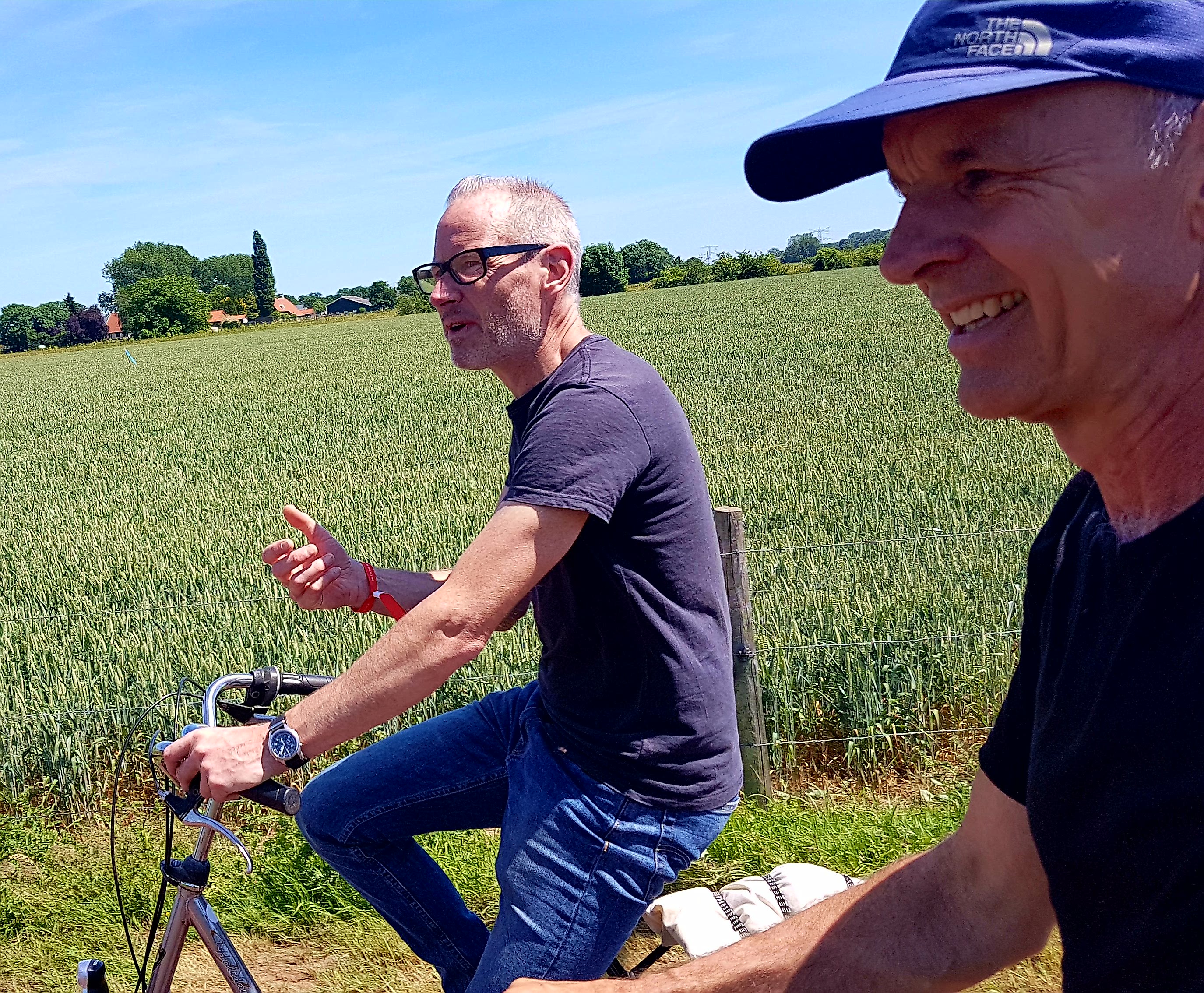
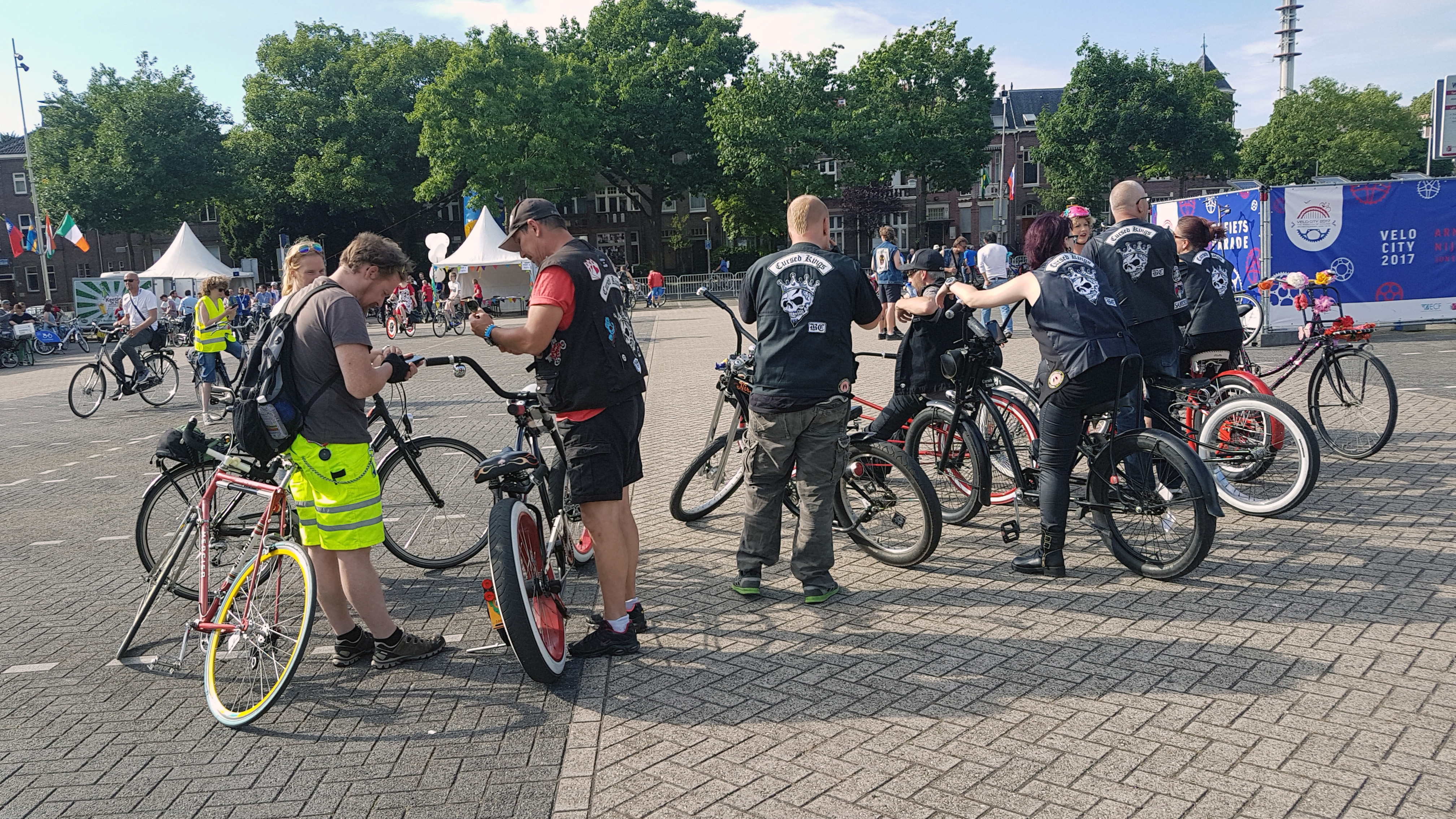
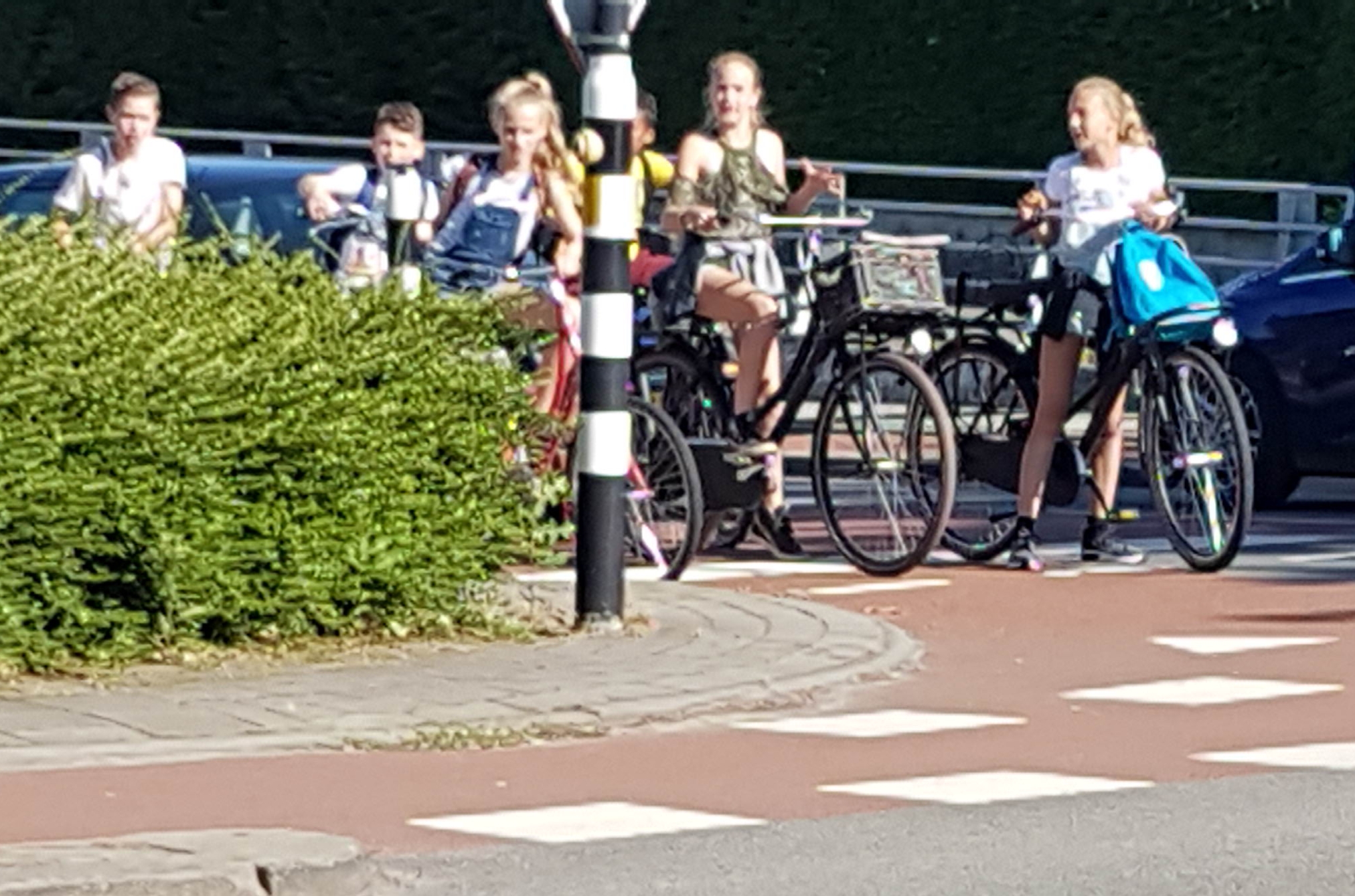
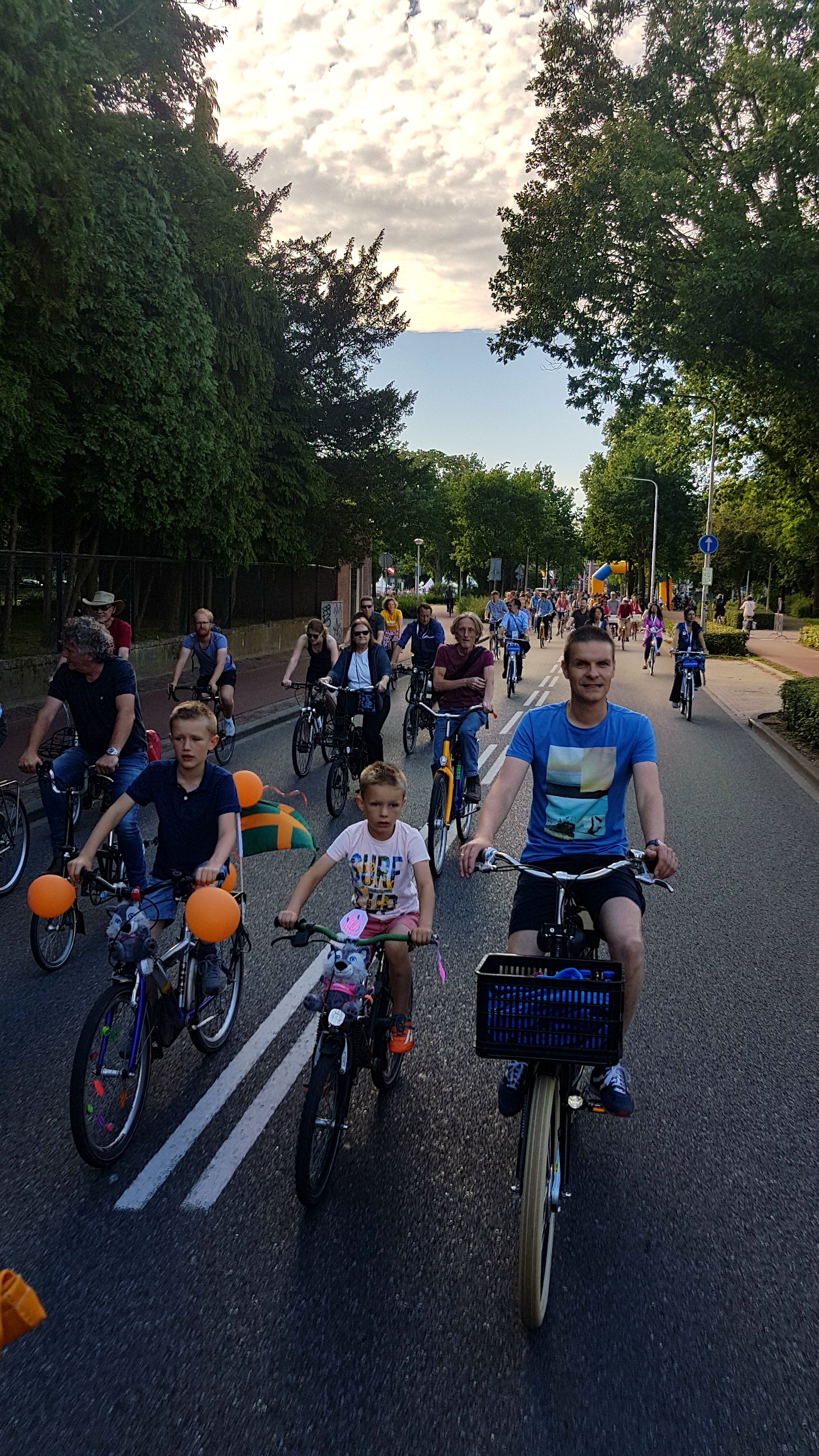
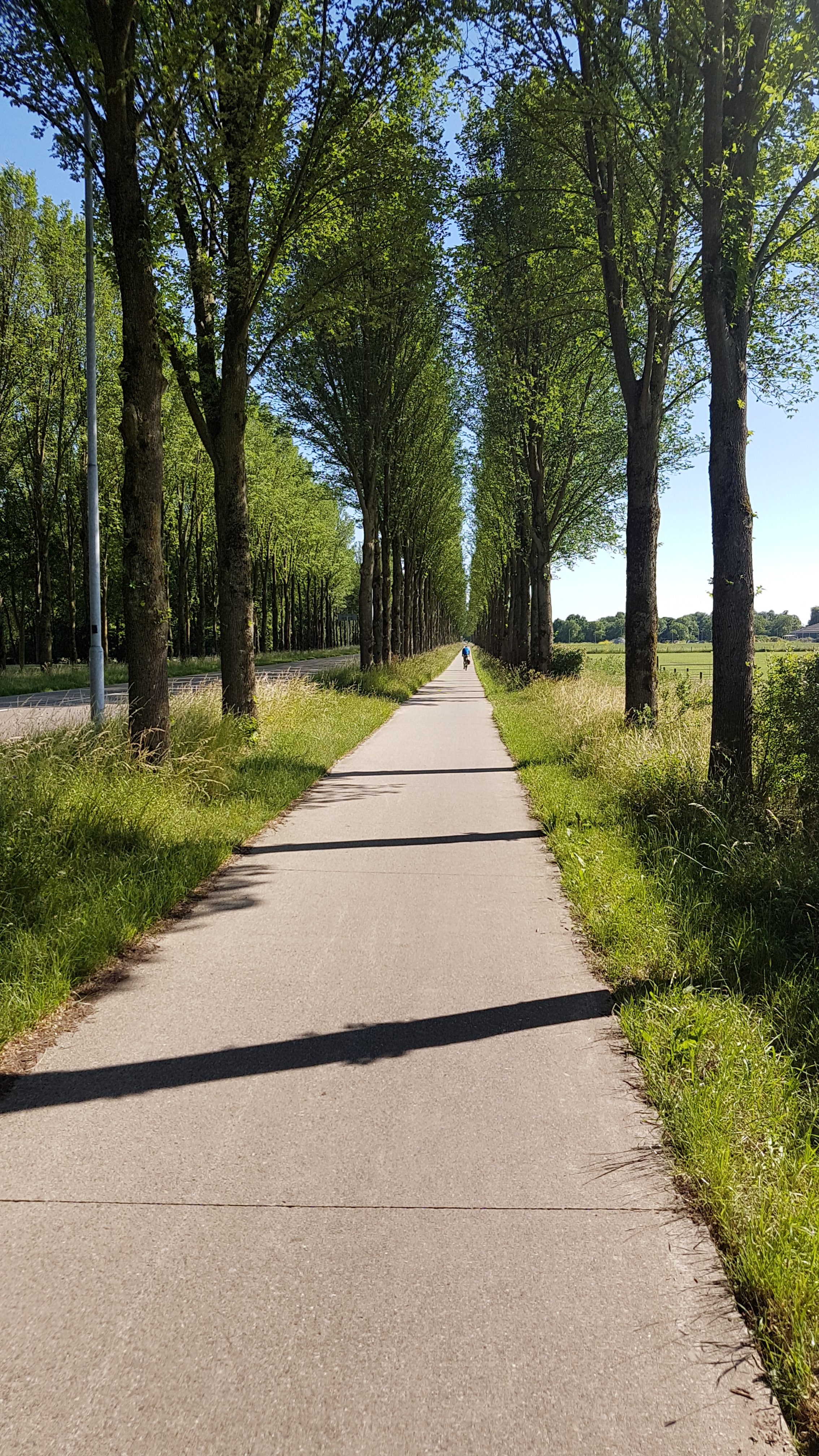
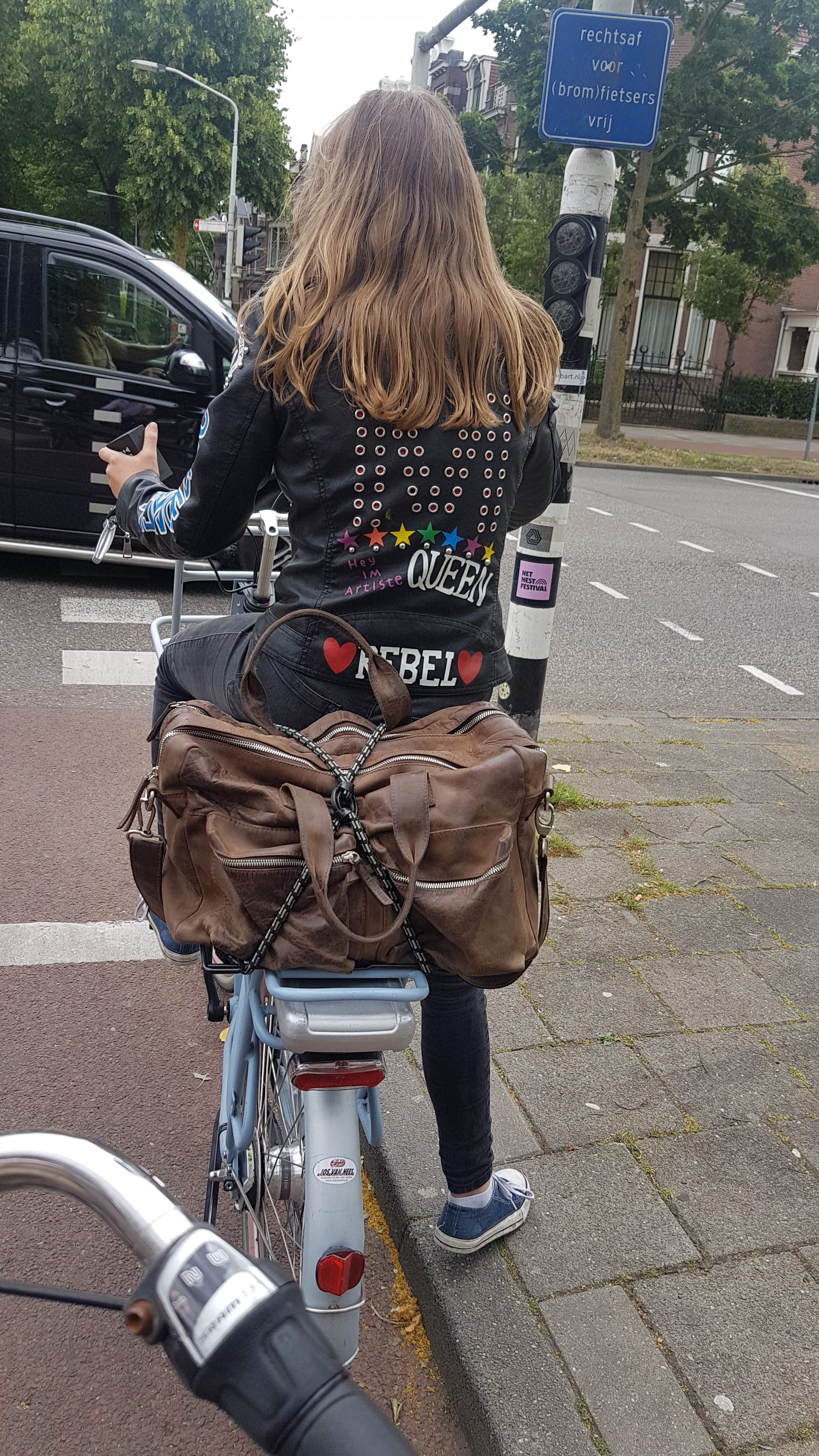
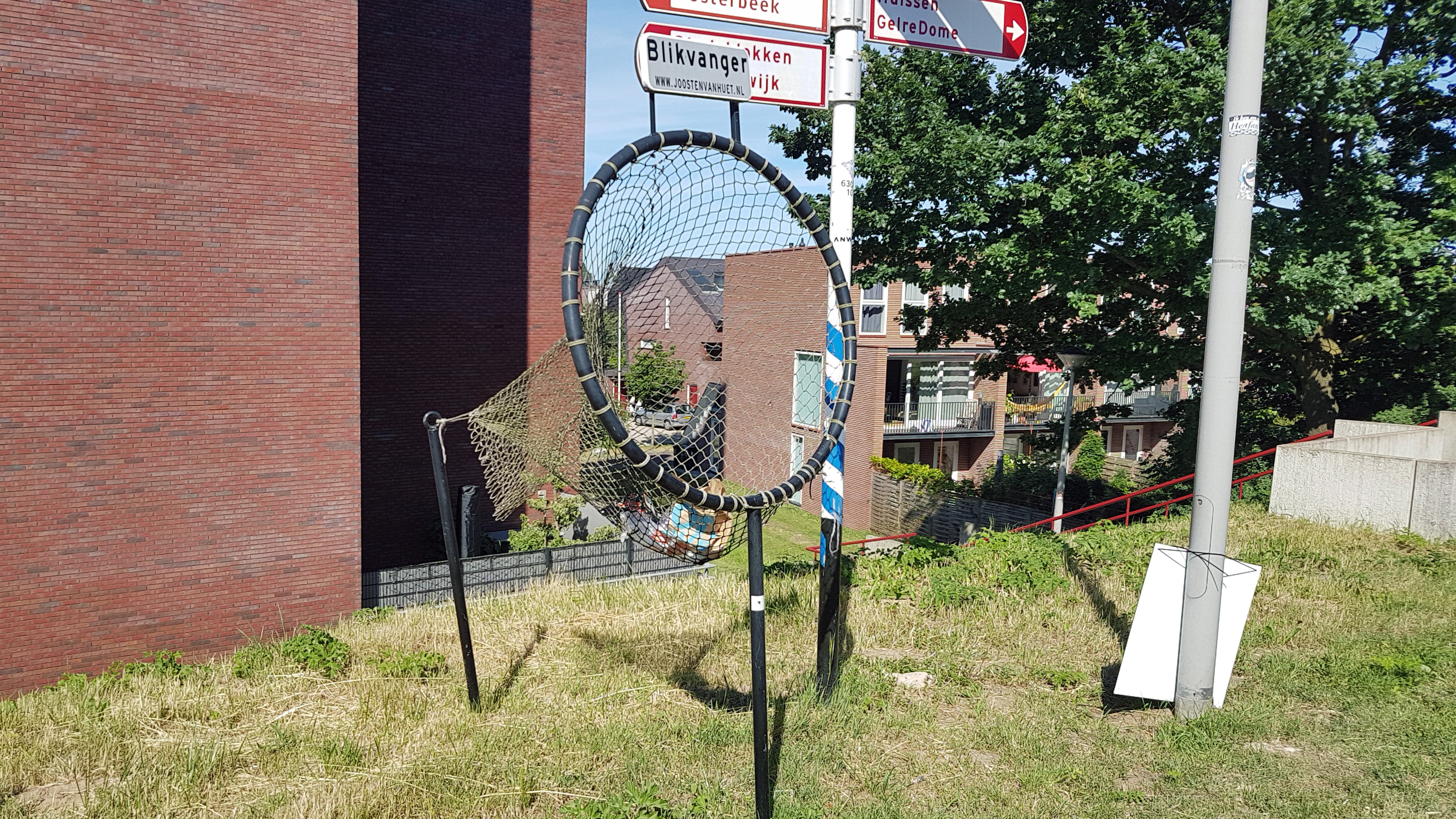
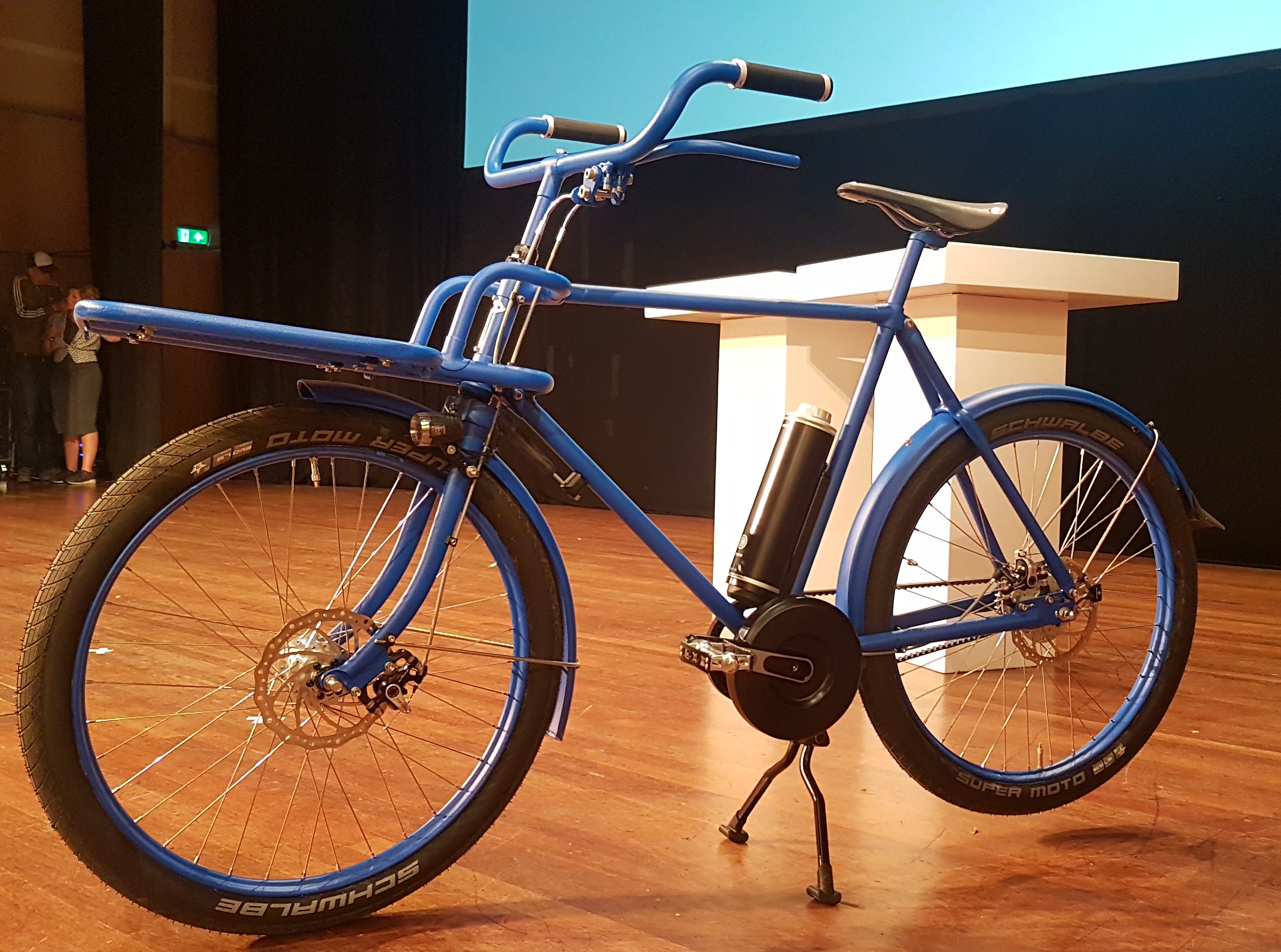
Wonderful, wonderful Copenhagen…



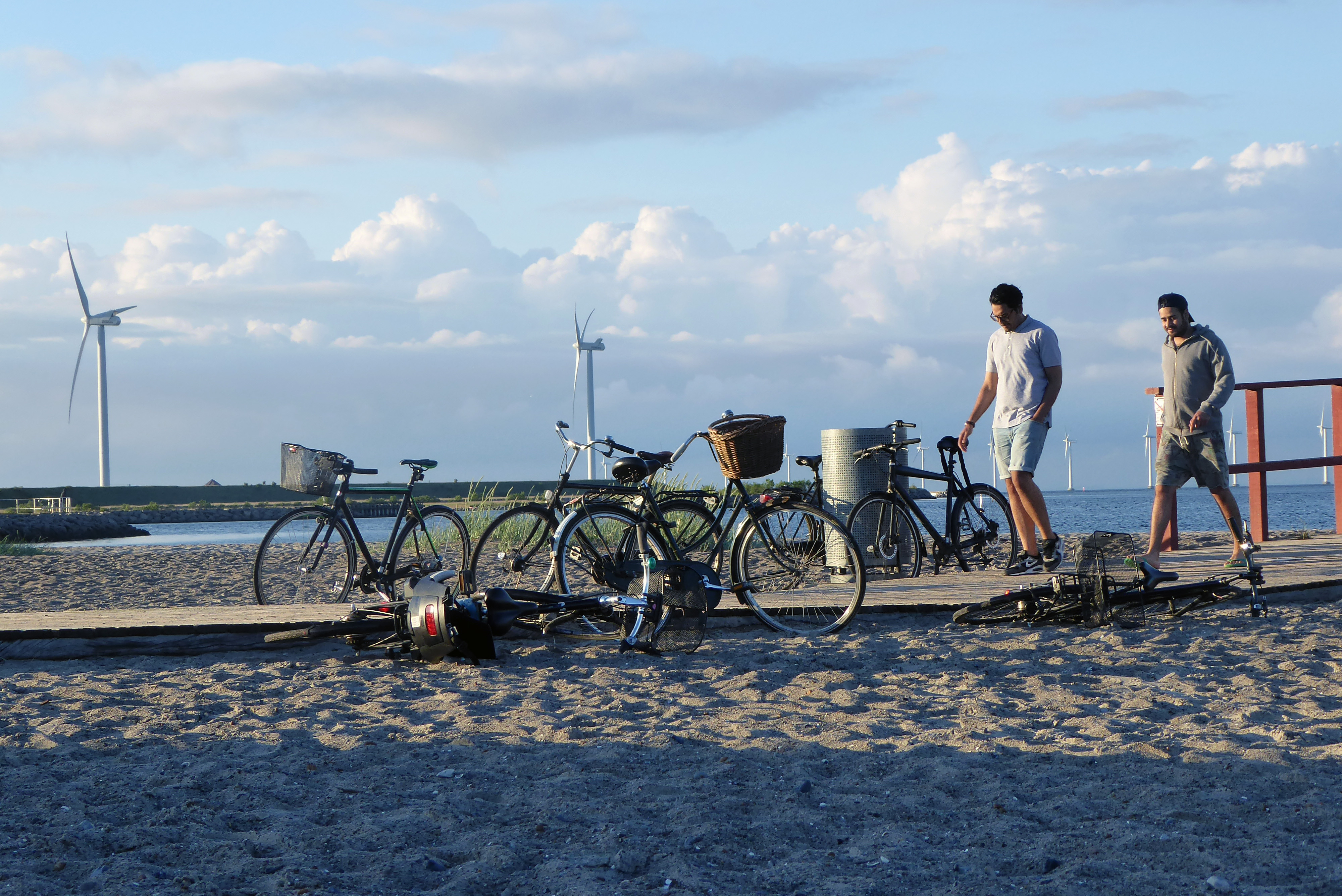
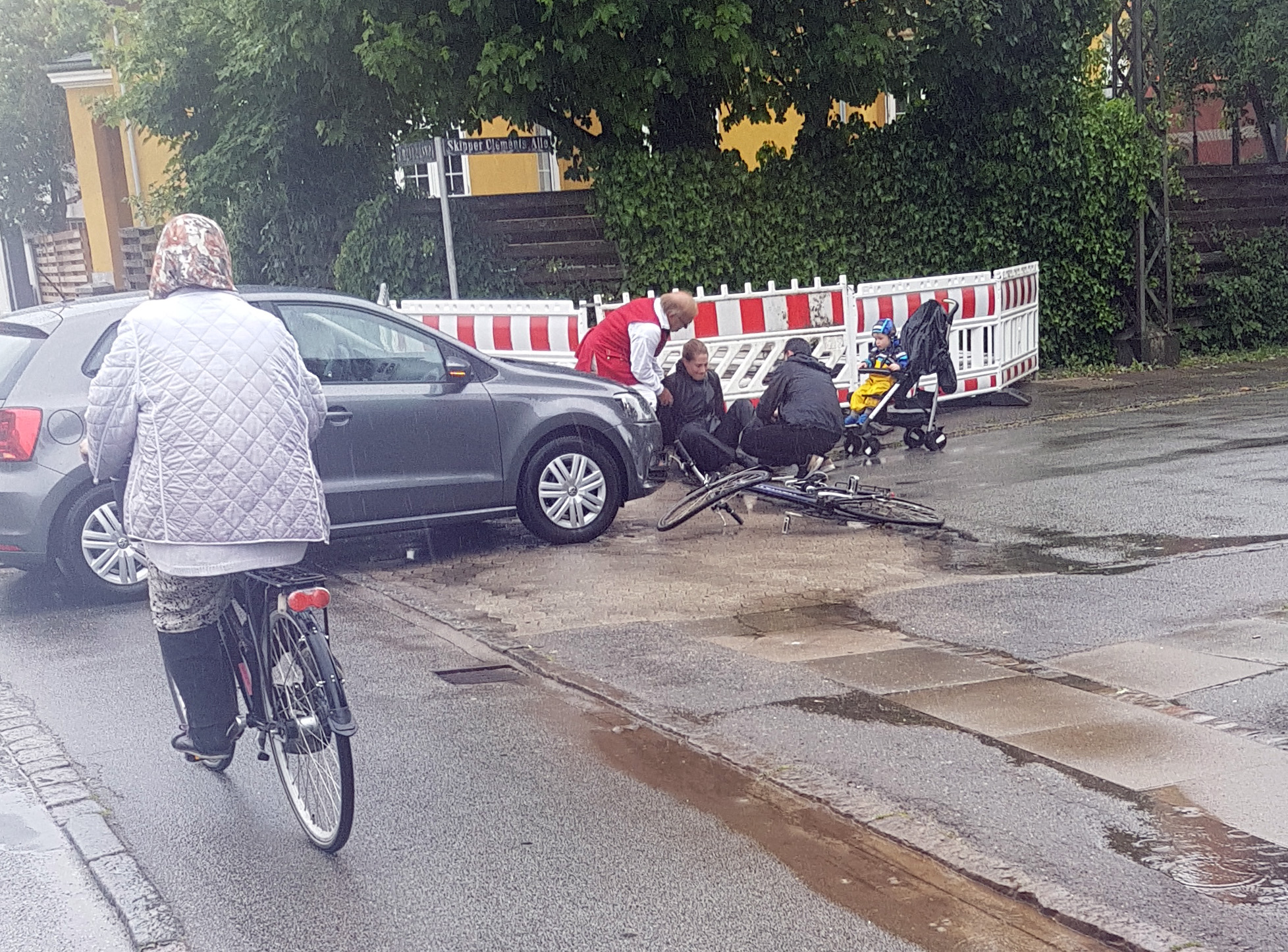

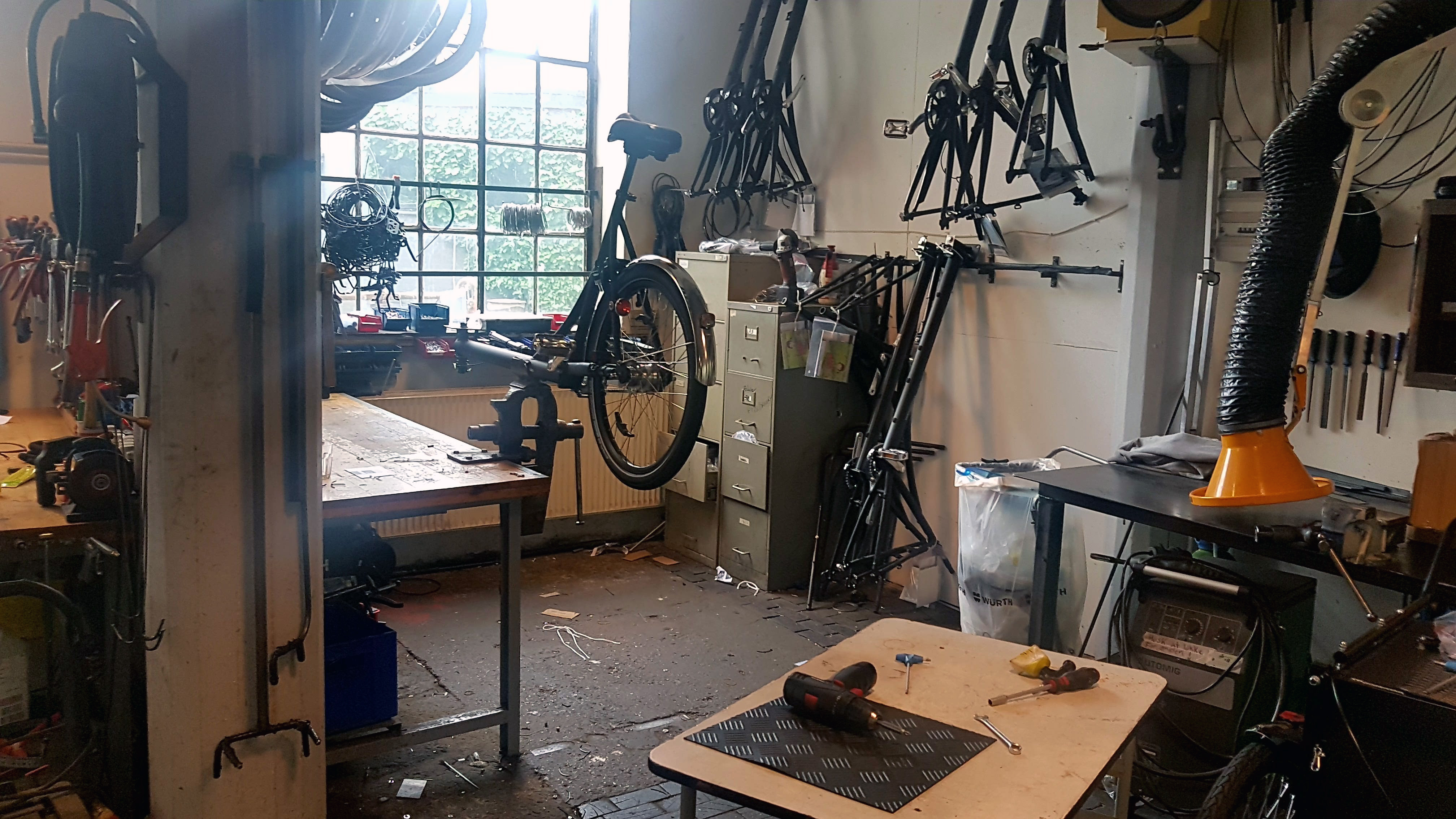
A side trip to Sweden

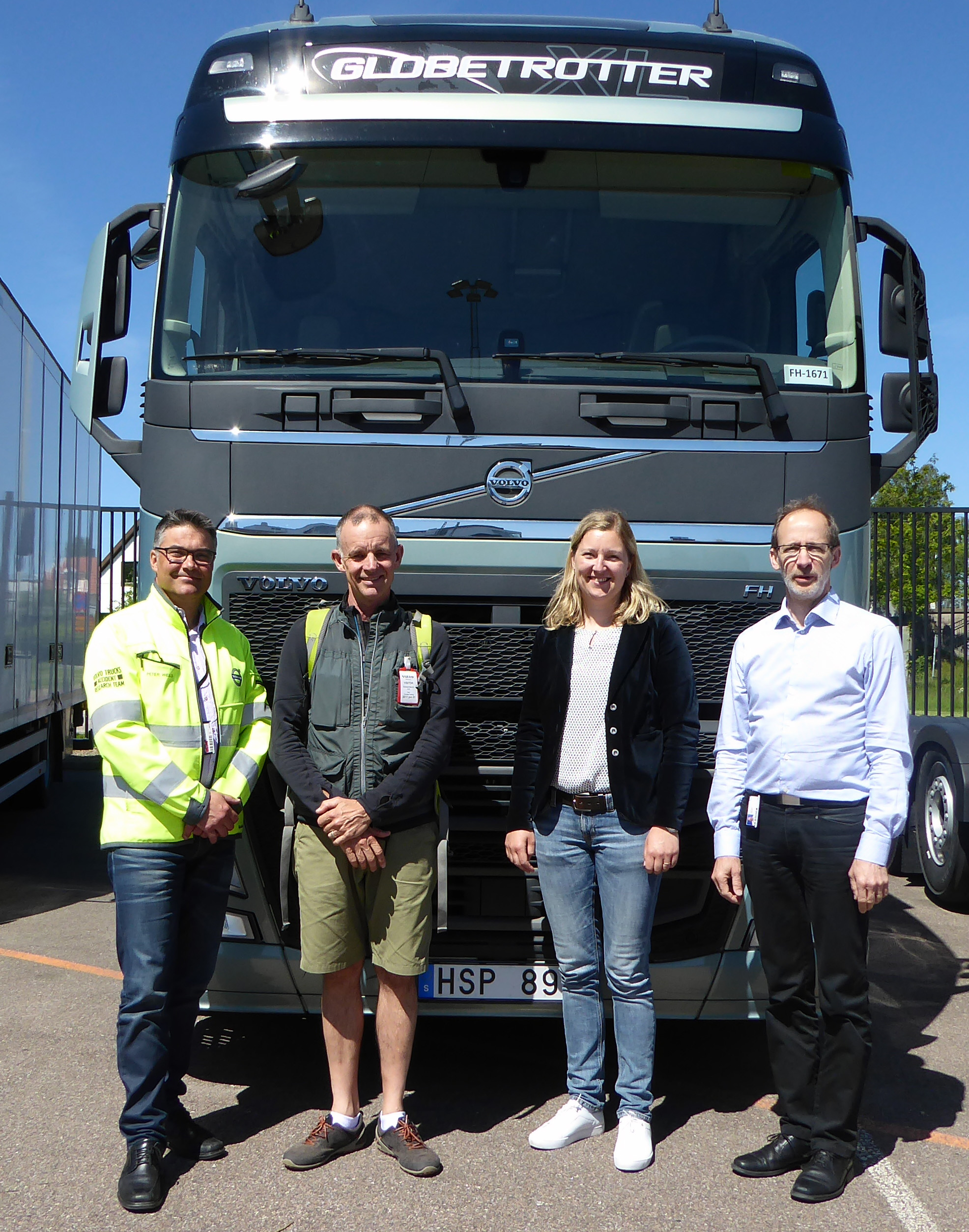
Even in England



En route: Shanghai
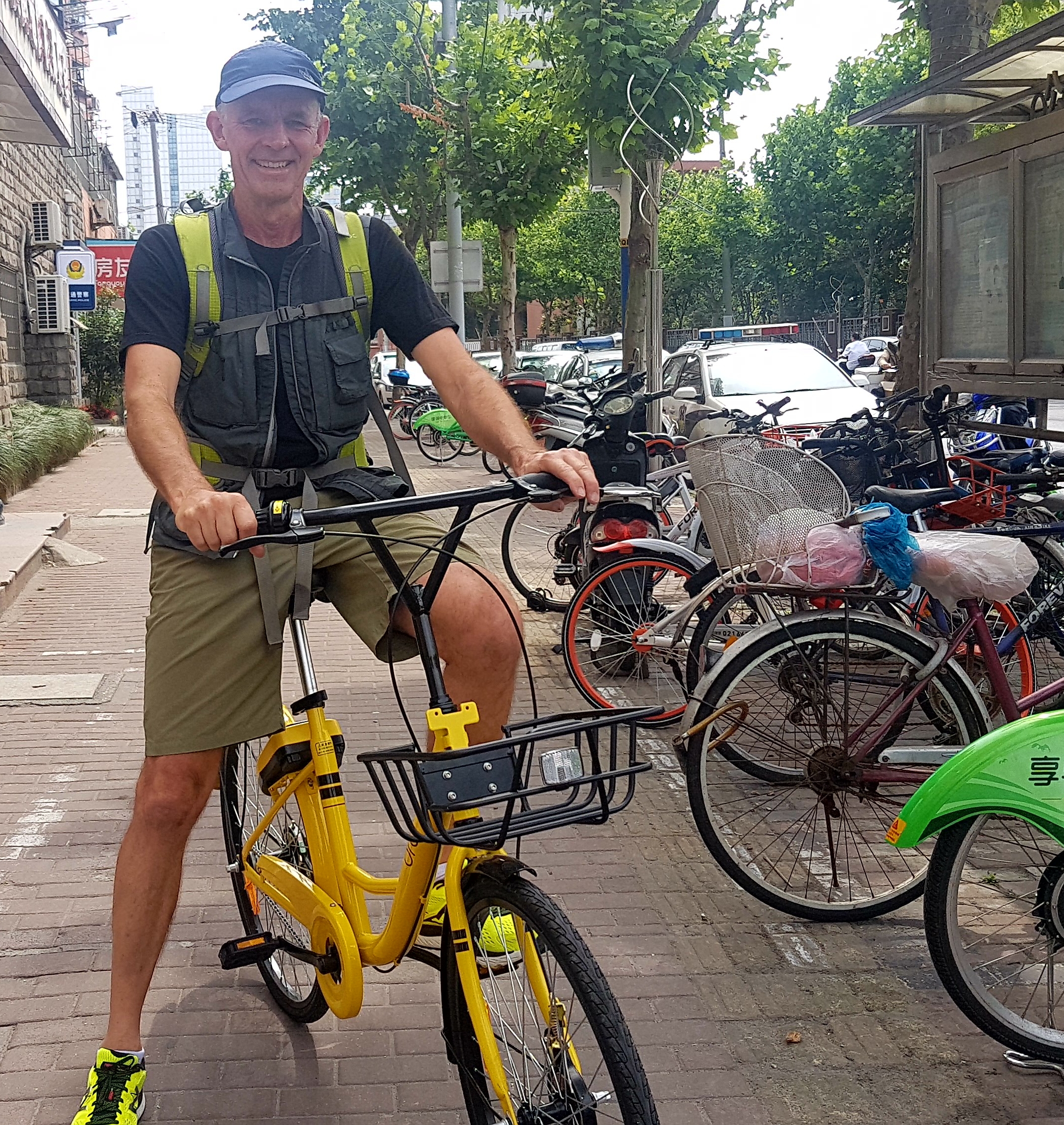
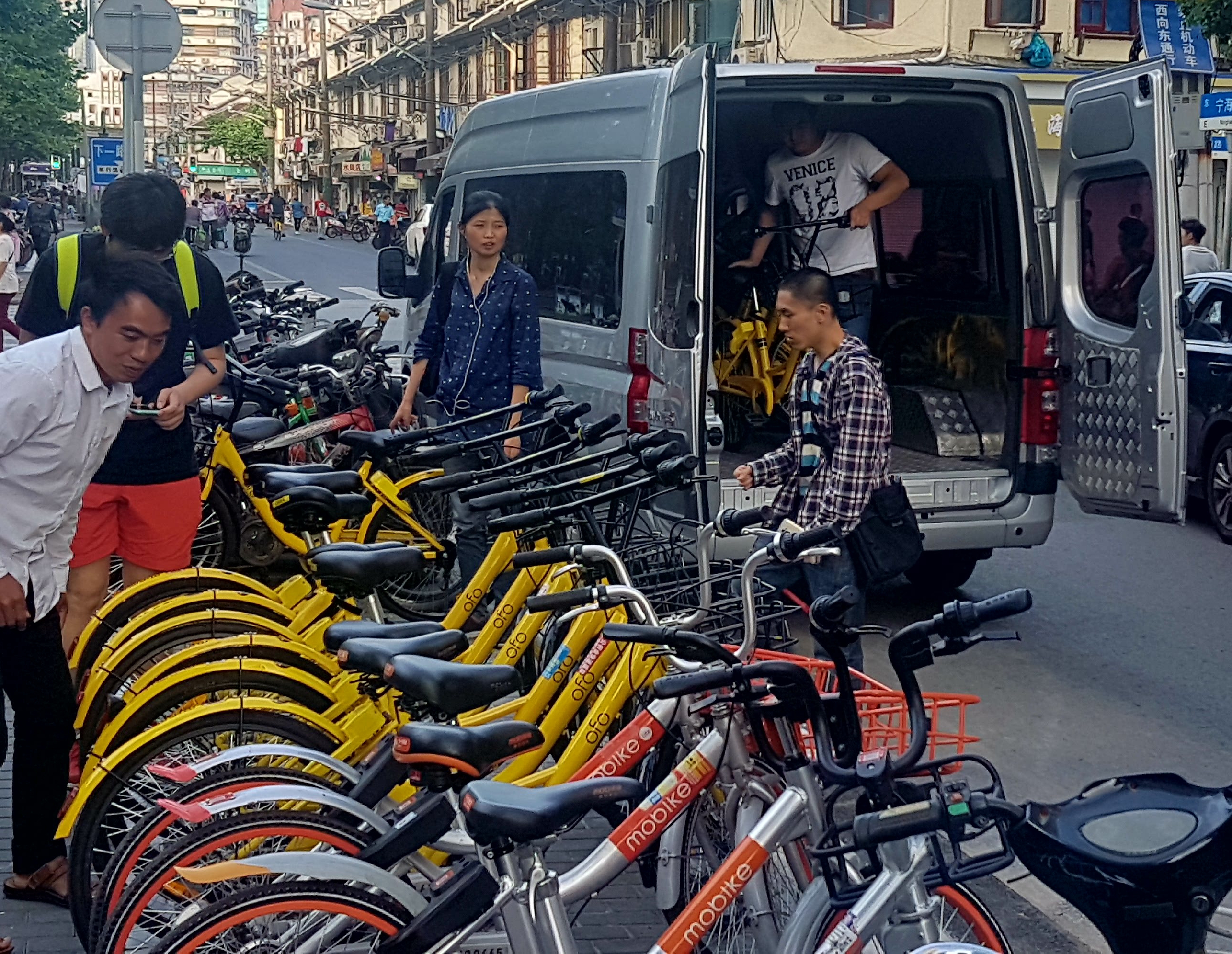

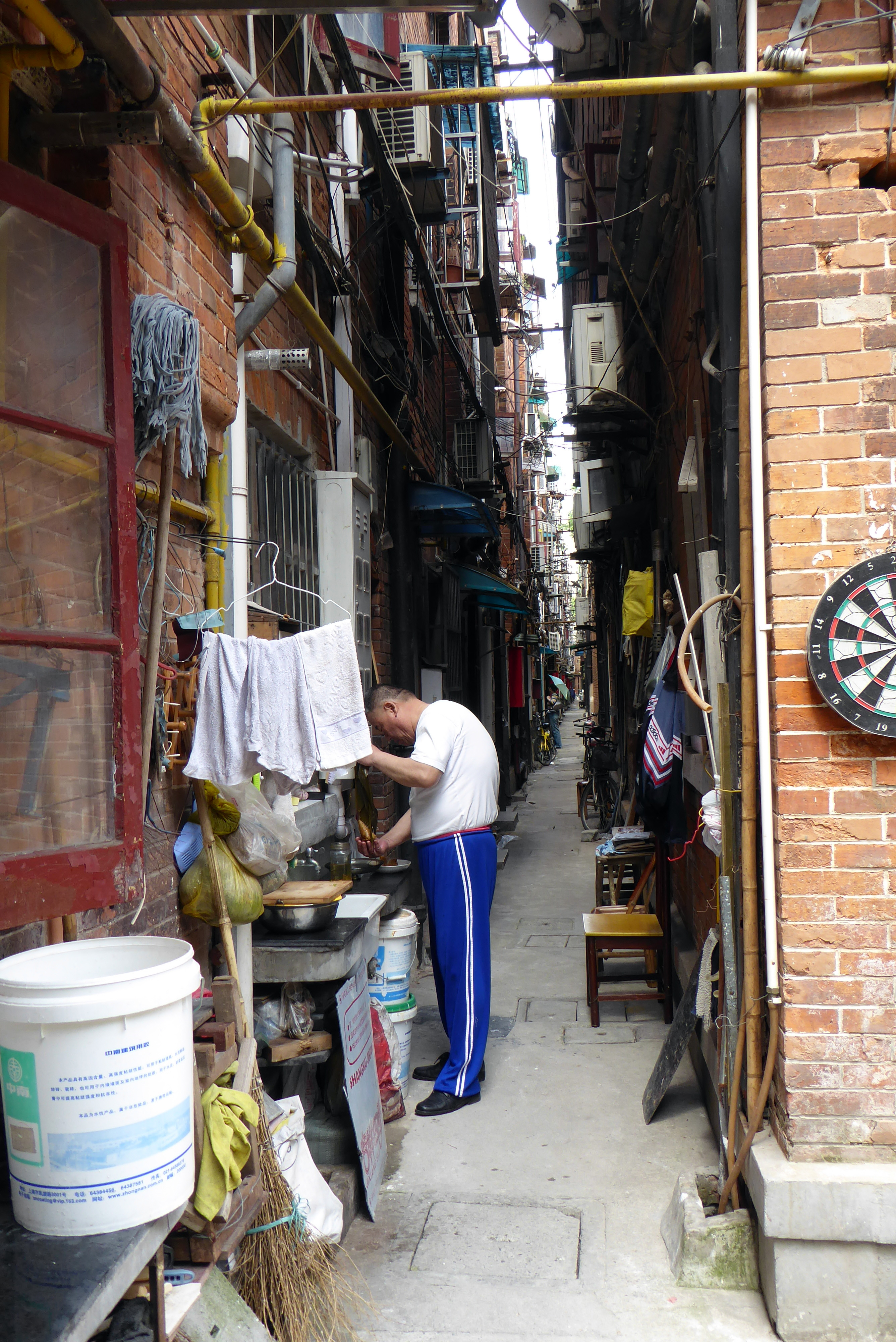
On the way home: Buenos Aires
